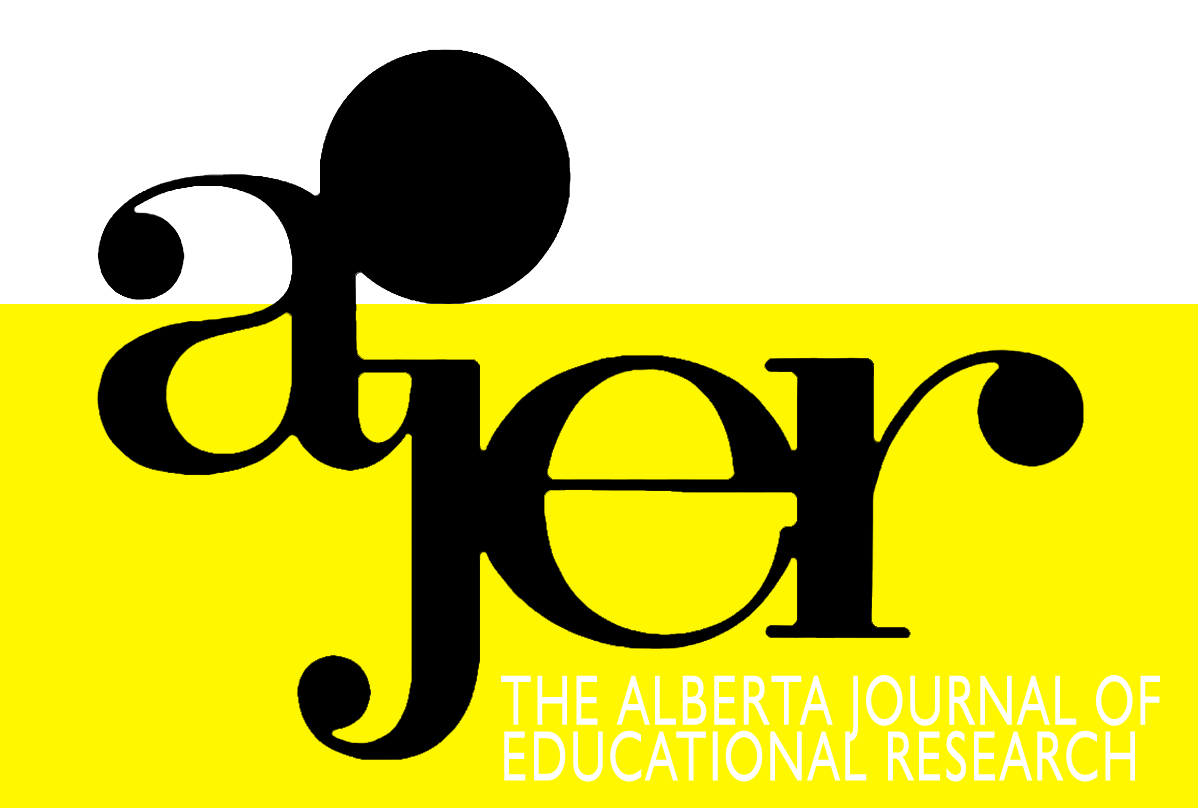Taiwanese Elementary Students’ Creativity, Creative Personality, and Learning Styles: An Exploratory Study
DOI:
https://doi.org/10.55016/ojs/ajer.v60i3.55859Keywords:
Creativity, creative personality, learning styles, Taiwanese children, creative potential, Mots clés, créativité, la personnalité créative, styles d’apprentissage, enfants taiwanais, potentiel créateurAbstract
In the field of education, creativity has been viewed as an important ability for children’s development. The recognition of different learning styles is also important for both teachers and learners. Although a handful of studies have examined the relationship between creativity and personality, or between creativity and cognitive style, few have assessed creativity, creative personality, and learning preferences simultaneously. Thus, the purpose of this study is to explore possible linkages between these three variables in Taiwanese children. More centrally, the research empirically probes into relating the personality and cognitive-style profiles of children, with creativity as a byproduct. The major finding of this research is that creative personality is positively related to creativity. Additionally, the results of multiple regression indicated that, among the variables studied, creative personality is the only valid variable for the prediction of creativity. Unexpectedly, none of the learning dimensions served as good predictors of creativity.
Dans le domaine de l’éducation, on perçoit la créativité comme capacité importante au développement des enfants. Il est également important, tant pour les enseignants que les élèves, que l’on reconnaisse différents styles d’apprentissage. Si une poignée d’études se sont penchées sur le rapport entre la créativité et la personnalité, ou la créativité et le style cognitif, peu d’études ont porté à la fois sur la créativité, la personnalité créative et les préférences en apprentissage. L’objectif de cette étude est justement d’explorer les liens potentiels entre ces trois variables chez des enfants taiwanais. Plus précisément, cette recherche empirique met en lien la personnalité et le style cognitif des enfants avec la créativité comme sous-produit. Les conclusions indiquent qu’une personnalité créative est en corrélation positive avec la créativité. De plus, les résultats d’une analyse de régression multiple indiquent que parmi les variables étudiées, la personnalité créative est la seule avec un caractère prédicteur valide pour la créativité. Contrairement aux attentes, aucune dimension d’apprentissage n’a servi de bon prédicteur de créativité.
Downloads
Downloads
Published
How to Cite
Issue
Section
License
UNIVERSITY OF ALBERTA COPYRIGHT LICENSE AND PUBLICATION AGREEMENT
If accepted, authors will be asked to sign a copyright agreement with the following points:
A. Where there is any inconsistency between this Copyright License and Publication Agreement and any other document or agreement in relation to the same subject matter, the terms of this Agreement shall govern.
B. This document sets out the rights you are granting in relation to publication of your article, book review, or research note entitled (the “Article”) through inclusion in the academic journal titled Alberta Journal of Educational Research (the “Journal”) published through the Faculty of Education, representing the Governors of the University of Alberta (the “Journal Editor”).
C. There will be no payment to you for this publication and grant of rights. In consideration of the agreement to publish the Article in the Journal:
1. You are warranting that:
- the content of the Article is your original work, and its content does not contain any material infringing the copyright of others; or, where the Article is not entirely your original work, you have obtained all necessary permissions in writing to grant the rights you are giving in this agreement;
- the content of the Article does not contain any material that is defamatory of, or violates the privacy rights of, or discloses the confidential information of, any other person;
- the Article has not been published elsewhere in whole or in part, and you will not allow publication of the Article elsewhere without the consent of the Journal Editor;
- the names of all co-authors and contributors to the Article are:
2. You agree to license the copyright in the Article to the Journal Editor, on a worldwide, perpetual, royalty free basis; and to the extent required by the terms of this agreement. You shall retain the right at all times to be acknowledged as the/an author of the Article.
3. You further agree that the Journal Editor has the entitlement to deal with the Article as the Journal Editor sees fit, and including in the following manner;
- The right to print, publish, market, communicate and distribute the Article and the Journal, in this and any subsequent editions, in all media (including electronic media), in all languages, and in all territories, ing the full term of copyright, and including any form of the Article separated from the Journal, such as in a database, abstract, offprint, translation or otherwise, and to authorize third parties to do so;
- The right to register copyright of the Journal;
- The right to edit the Article, to conform to editorial policy as the Journal Editor sees fit.
4. If any co-author or contributor to the Article does not sign this agreement, the Journal Editor reserves the right to refuse to publish the Article.



